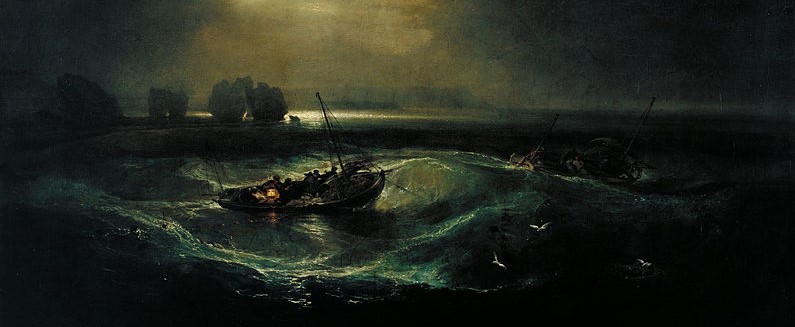Gabriele Munter,
Jawlensky y Werefkin, 1909, óleo sobre cartón. Museo Lenbachhaus, Munich
"In the summer of
1908, Wassily Kandinsky and Gabriele Münter as well as Alexej Jawlensky and
Marianne von Werefkin left Munich for the countryside at Murnau, where the two
artists’ couples developed a novel expressive style of painting. The event
marks the beginning of the history of the Blue Rider.
Murnau’s
picturesque situation on a hill above a moor beyond which the Alps abruptly
rise as a towering range, the intense light, and the colorfully painted houses
of the village enthralled the artists. Inspired also by the most recent French
painting?—?the works of Henri Matisse and the Fauves?—?the four friends
experienced a sudden boost of creative energy. They captured views of the
village and the surrounding countryside, painting spontaneously and as though
intoxicated by the explosion of color before their eyes. The resulting pictures
are distinguished by patches of unmixed luminous color set down flatly and side
by side, compositions organized by two-dimensional structures, and a
simplification of forms that verges on abstraction from the natural object
being depicted. The artists returned to Murnau to work in 1909. They now also
discovered the local popular reverse glass painting and religious folk art.
Especially the works on glass with their glowing colors, simple black contours,
and the “primitive” quality of the depiction proved an important source of
inspiration. Kandinsky and Münter began collecting such objects and furnishing
their home in Murnau with them. During the next several years, the so-called
Russians’ House would become an epicenter of innovation in art."
http://www.lenbachhaus.de/collection/the-blue-rider/murnau/?L=1

